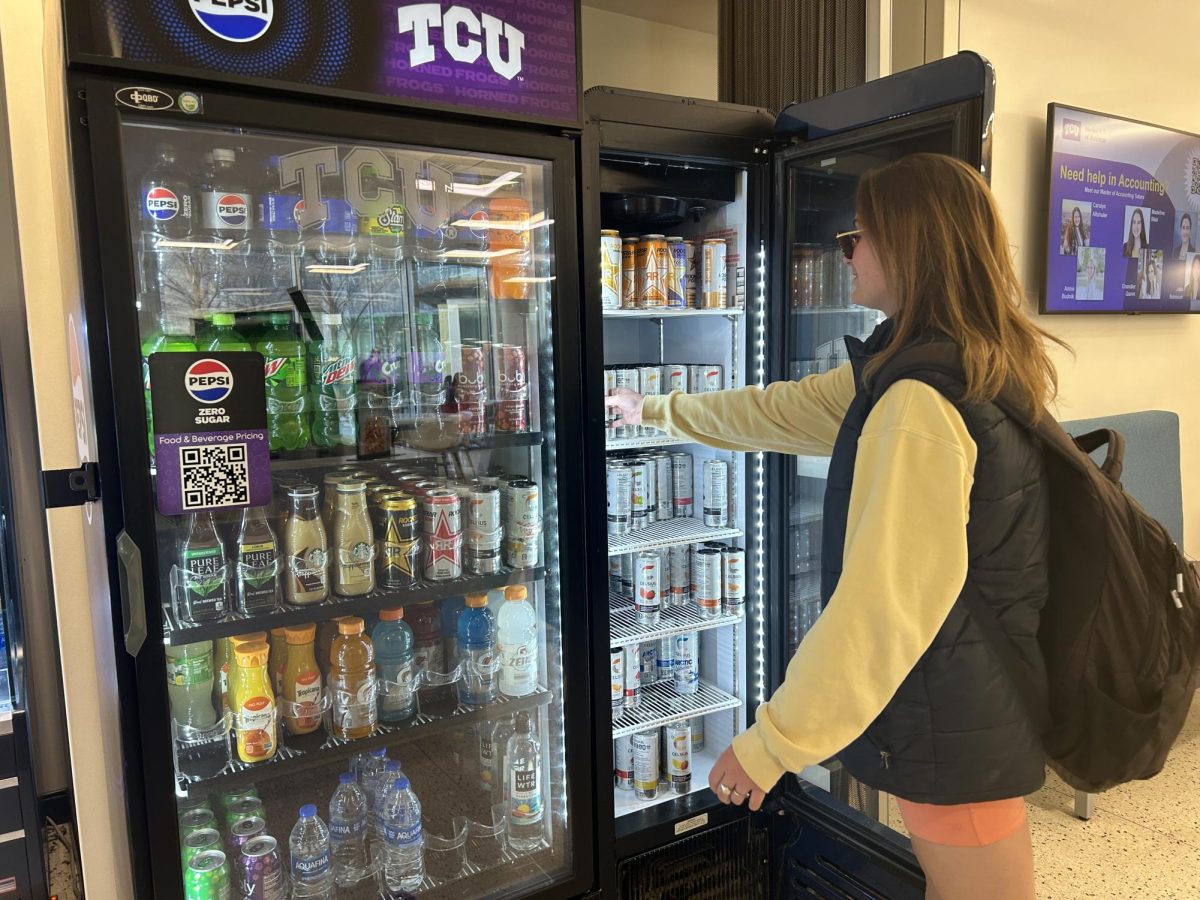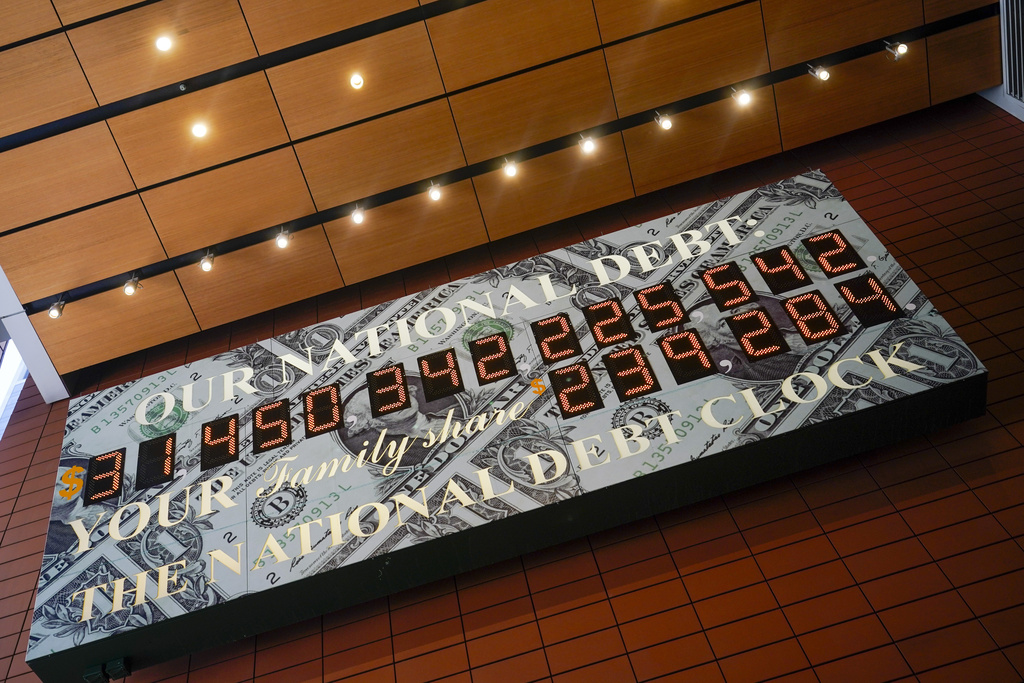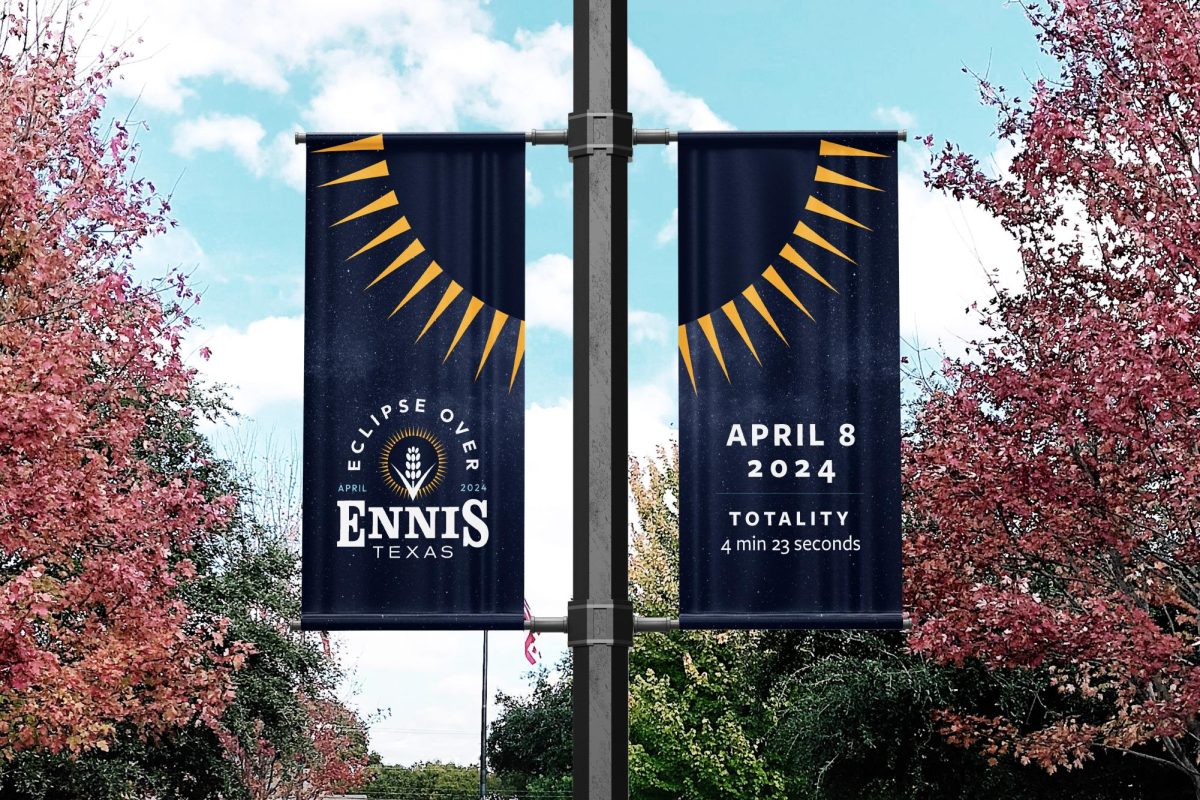Clydesdales, puppies and the Most Interesting Man in the World.
These are instantly recognizable trademarks for beer brands such as Budweiser and Dos Equis. These beers, and the breweries behind them, have become cemented in the world beer market as “mega-breweries”.
Budweiser has become so big, it beat Disney World to its typically annual post-Super Bowl marketing line when Broncos’ quarterback Peyton Manning name-dropped the beer in his post-game interview.
The beer industry is one of the more successful commodity markets in America with the overall worth of the beer market valued at over $100 billion. This includes the “smaller” craft beer market, which is valued at nearly $20 billion according to the Brewers Association.
Mega-breweries have achieved domination over the massive beer market through vast advertising and marketing. The main medium these breweries advertise through is television as it has the potential to reach more people than anything else can.
“Television is still king,” said Laura Bright, an associate professor in the Schieffer College of Communication at TCU. “It’s all centralized in one place, and you just don’t have all those people in one spot.”
Television has reached this status among advertising giants through decades of promises to reach an audience bigger than any other technology could. A study from the University of Texas found alcohol advertisements from 1971 to 2011 increased by more than 400 percent.
Naturally, as advertisers, and in particular the beer industry, have recognized the potential in television marketing, the more money they poured into it. A 2014 Statista study found some of the nation’s biggest breweries spent a collective $1.3 billion in television advertising.

So while the bigger breweries dominate the television market, smaller craft breweries have been forced to find another way to reach consumers while still playing to its’ central message which is not an easy task given the explosive rise in craft breweries starting up in north Texas.
“Everyone’s looking for new, inventive ways to promote their brand,” said Jeff Wood, the creative director for Rahr and Sons Brewing Company in Forth Worth. “The only real difficulty is that there are so many new craft breweries open…it’s hard to stand out in the crowd.”
According to a study by BeerinbigD.com, the number of active breweries in north Texas has almost tripled since 1989.

“It’s a very crowded, very noisy marketplace and that’s always a challenge in any category for marketers,” said Eric Webber, the public relations director for Shiner beer. “It’s a hot category with a lot of interest when there are new products and new brands coming out every day.”
Despite producing approximately 700,000 to 750,000 barrels of beer a year, Spoetzl Brewery that makes Shiner is still categorized by the Brewers Association as a craft brewery rather than an industrial one.
Since television is too expensive for these smaller breweries, they have been forced to look for more innovative and less expensive alternatives. Some breweries like Rahr and Shiner utilize the growing digital media while others like the Collective Brewing Project off Vickery Boulevard take advantage of experiential projects.
With the rise of digital media such as social media, websites and data tracking, breweries both big and small have ushered in a new era of marketing and advertising that has proven to be more direct and cost-effective in appealing to a target audience and demographic than the more broad tactic of traditional television marketing.
Bright said to combat this uphill marketing battle against the bigger breweries, craft breweries have resorted to the advantages of digital media.
“You can learn more about [consumer] behavior in the digital context,” Bright said. “I guarantee you when you turn 21 on Facebook that you get tagged as being eligible for beer advertising.”
Wood said Rahr does utilize this type of digital advertising and it creates an opportunity to reach out to a wide range of people.
“Our demographic is so vast. That’s one of the great things about this industry, basically anyone from 21 to 121 is a target customer,” Wood said. “We have customers with a huge array of backgrounds and lifestyles. Some of our marketing leans younger and more liberal, and some of what we do leans older and more conservative. We are constantly marketing to multiple demographics.”
For smaller breweries this allows for not only a more direct way to determine the most efficient means to reaching their desired demographic but also allowed for them to market towards them in a new and unique way as well.
A study from Marketing Land shows a company’s (or brewery’s) website gets 80% of its visitors from search engine optimization, which is setting up their site to be near the top results on search engines like Google, and social media.
This is the type of digital marketing the breweries hope to take better advantage of to gain an edge in the competition.
“Digital has been a very keen interest of ours in the past few years and will continue to be,” Webber said. “That is because of its versatility of those platforms so you can run a banner ad, homepage takeover and around Halloween last year we created a mock movie trailer for one of our beers.”
Webber said it is these kind of unique and flexible marketing opportunities digital media offers smaller breweries that allow them to leave a more lasting impression on consumers.
Bright said Facebook sells all of the information about its users when it comes to “likes, dislikes and preferences” to advertisers to provide them those with a proven behavior model that will fit their desired target demographic.
“With newer brands, it’s a great way to reach out to millennial audience because they’re very much engaged in social media,” Bright said. “It’s become part of the whole marketing mix so you’ll have your product branding, more traditional advertising and the social is seen as the glue that links all those things together.”
While digital media is the largest growing innovative marketing strategy for breweries, it is not the only one. The beer industry is also focusing on what Bright refers to as “experiential advertising”.
This advertising comes in the form of a brewer sponsoring a certain event such as a concert or tailgate for a sports game. This allows for the consumer to attribute a good time they had at an event to whatever beer the event was sponsored by.
Mega-breweries like Budweiser sponsored the Bud Light stage and events surrounding it at the annual Lollaplooza music festival in Chicago which had approximately 300,000 attendees last year.
For breweries like Shiner, smaller music festivals offer similar payouts even despite the festival’s smaller size. While they didn’t buy advertisement for a stage, Shiner utilized different strategies for the music festival Austin City Limits. Last year ACL had approximately 75,000 attendees.

For Collective Brewing Project, these types of experiences are where it can create a loyal customer base.
“The little flavor differences [between breweries], well that’s fun and all, but the thing that people are really into is that personal connection,” said Tony Drewry, a beer consultant with Collective Brewing. “Making that personal connection is probably one of the most important things that we do.”
By doing this Collective Brewing takes its size and turns it into an advantage. While this practice emphasizes the customer, it utilizes social media as a tool to get its foot in the door and usually nothing more.
“That’s a good way to get the word out and that will get people in the door,” Drewry said. “Once they’re here the vibe of the place, the beer in your hand, the smile on the face of the guy that gives it to you, a lot of those things go a lot further than just posting a picture of him smiling.”
Rahr has mainly focused its marketing strategy in Fort Worth but it recently has begun expanding its horizons into Oklahoma. To help increase its popularity as it attempts its first sales in the state, Rahr is going to host several of these experiential advertising events in Oklahoma including dinners and sampling nights.
While this marketing strategy does take more effort than any other type, Drewry said the payoff is much greater.
“One of the things that makes a small brewery different than a bigger brewery is that there is a lot of blood, sweat and tears that goes into everything we do,” Drewry said. “I think that’s something we’re all very proud of.”
While mega-breweries continue to dominate the more massive advertising mediums, craft breweries continue to morph along with industry to stay alive. As Bright points out, however, while the future of beer advertising and marketing will likely continue to evolve as the competitive market grows, there is still one thing that will set one brewery apart from the rest.
“The ability for advertising to drive consumption…the question is, ‘is that sustainable?’” Bright said. “No matter how good your advertising is if you have a crappy product it’s not going to matter.”

College students seem to have a reliance on caffeine to get them through lectures and late night study sessions, but there are healthier alternatives to power through the day.
Published Apr 17, 2024
Published Apr 17, 2024
Published Apr 16, 2024
Published Apr 16, 2024
Local craft breweries utilize technology and size in growing market
By Tad Desai
Published Mar 22, 2016
QUICK LINKS
ABOUT TCU
FOLLOW US
TCU 360 is the official, student-produced product of the Department of Journalism in the Bob Schieffer College of Communication at Texas Christian University.
Our mission is to develop aspiring journalists who use accurate and ethical reporting to inform and serve people invested in TCU.
All Horned Frogs are welcome.
Copyright ©2024 TCU Student Media. All rights reserved.
Our mission is to develop aspiring journalists who use accurate and ethical reporting to inform and serve people invested in TCU.
All Horned Frogs are welcome.
Copyright ©2024 TCU Student Media. All rights reserved.




